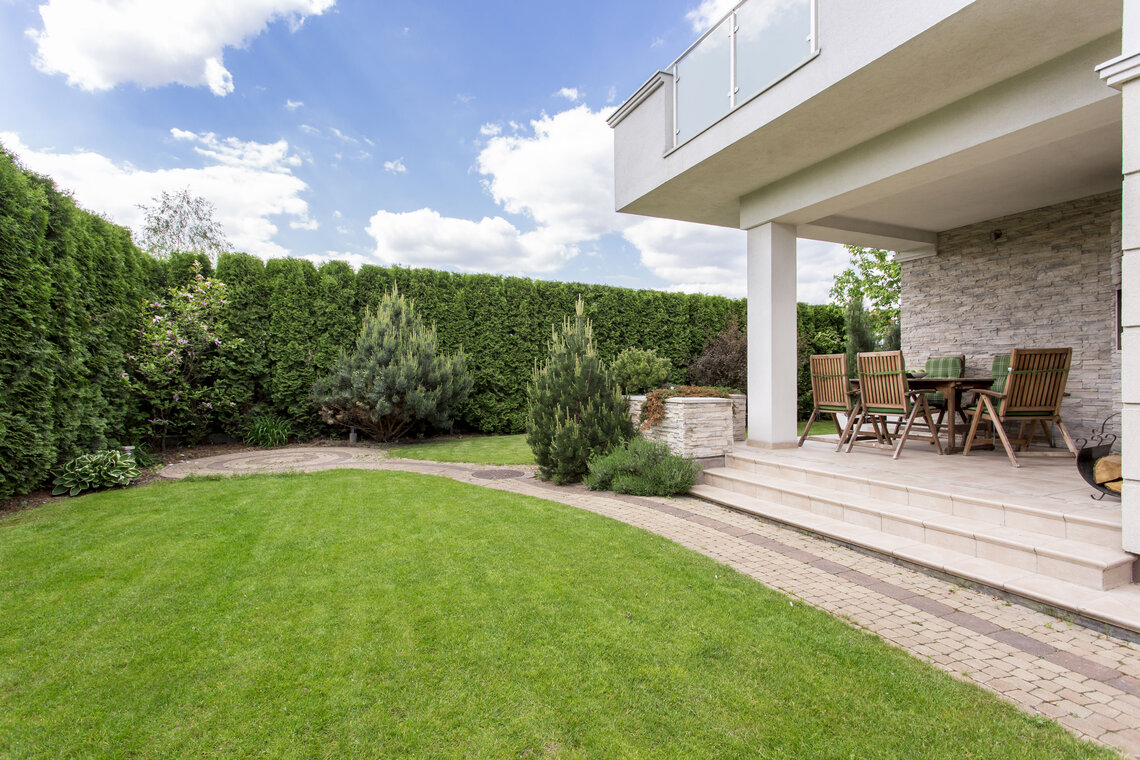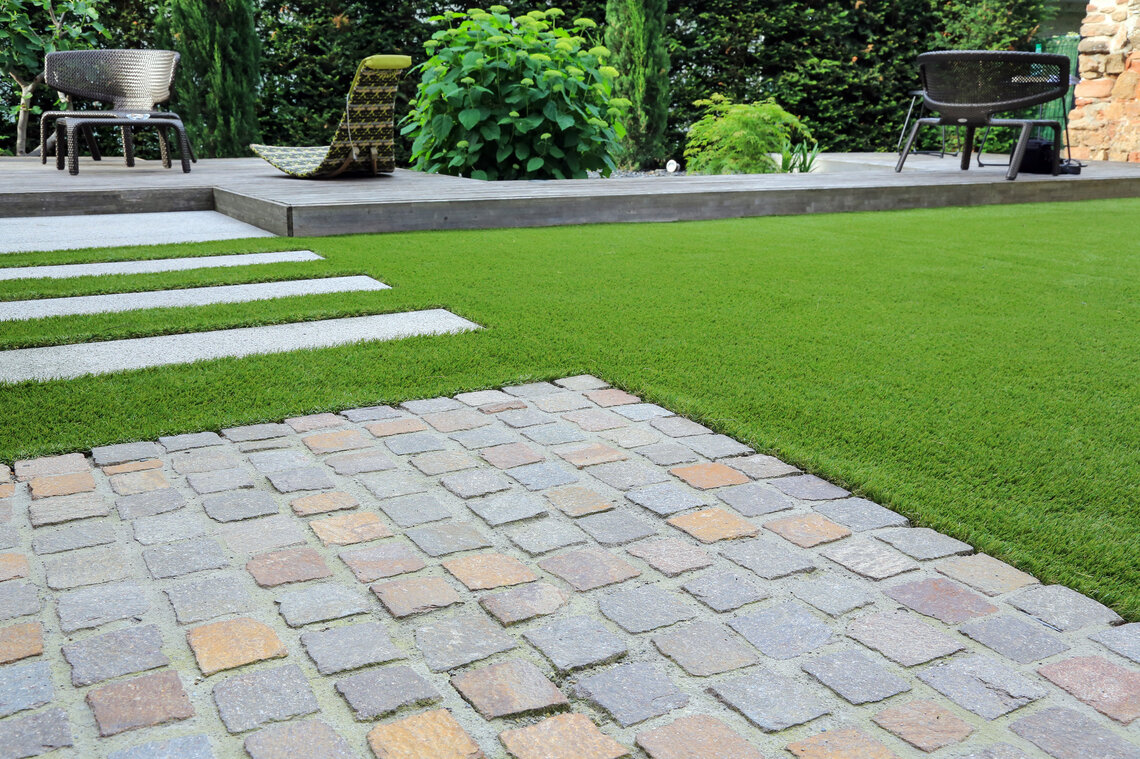EuroGrass Luxury Lawn


The best of the best is just good enough for you? This mixture contains only superb turf grasses. The result is a real Luxury Lawn on your property. Fine, fresh green and very soft - a pleasure for your eyes.
EuroGrass mixtures from our own breeding, compiled by experts, contain only high-quality amenity grasses. Due to the special composition, our Luxury Lawn is particularly suitable for representative green areas such as front gardens and areas with high aesthetic demands. This mixture is made to always look good short shorn and forms a extremly dense, soft and very fine green - comparable to a golf course.
Suitable for robotic lawn mowers
This lawn mixture is well suited for robotic mowers, as they promote lawn density through constant cutting.
30% perennial ryegrass
30% strong creeping red fescue
20% perennial ryegrass
15% chewing red fescue
5% sheep's fescue
New seeding: 25 - 30 g/m²
Overseeding: 15 - 20 g/m²
A new planting is usually carried out when there has been soil movement (new construction areas, conversions) or the existing lawn is run down so bad that reseeding is not sufficient. Depending on the local weather conditions, the best time to implement a new lawn is in early spring or in autumn. But in general a seeding is possible from mid of March to mid of October. Optimum germination conditions are in a soil temperature of 15 - 25 °C and mild weather with occasional rainfall.
For a good success the following steps should be followed:
![]()
First, the surface should be loosened so that existing soil compaction is dissolved and a crumbly topsoil is created. Afterwards plant residues, branches and stones should be removed from the area.
![]()
The area must then be leveled. After levelling, the soil needs to settle over a few days or use a light roller.
![]()
Sowing should be done by hand or with a seed drill when there is no wind. It is generally advisable to first sow lengthwise and then crosswise.
![]()
After sowing, the seed must be incorporated about 1 cm deep into the soil. The incorporation ensures that the seed is covered, promotes germination conditions and enables the seed to emerge quickly and evenly.
![]()
To improve soil contact, light rolling after sowing is recommended. This ensures an even emergence of the seed.
![]()
During the first few weeks it is particularly important to keep the top layer of soil moist so that the seedling does not dry out. Due to the different germination times of individual turf species, watering should last three to four weeks. If it is very dry, the soil needs to be watered every day. Make sure that the watering does not wash away the lawn seed. Regular and controlled watering is one of the central measures for a successful new seeding.
If your area has "greened", the first cut should be made at a height of approx. 10 cm. Cut no more than one third of the growth and approach the desired stand hight slowly by frequent cutting. The common height of home garden lawn is 4 - 5 cm.
![]()
Scarifying removes dead plant parts, unfavourable grasses and moss from the lawn. If there is a lot of moss or thatch, it is advisable to scarify the lawn several times lengthwise and crosswise. The plant resideus that have been worked out must then be completly removed. This opens up the lawn and allows the seedlings to make ground contact. If there are any bumps, than the surface should be levelled.
![]()
The EuroGrass seed packaging has on the right side a practical pouring opening. Open this and you can easly sow the seedling by yourself. A spreader is ideal for larger areas, as this allows a uniform establishment of the seed. The spreader can be borrowed from well equipped garden stores .
![]()
Seedlings need good ground contact for successful germination. One possibility is to use a light roller. Through a roller the seedlings get optimal soil contact and can establish itself through rapid root formation.
![]()
Within the first few weeks, the root system of the seedlings starts to develope. During this time, it is particularly important to ensure a regulated water supply. The top layer of soil should always be sufficiently moist so that the lawn seedlings do not dry out. Irrigation is one of the central measures for a successful lawn establishment.
![]()
The time of the first cut largely depends on the establishment of the seedlings. It is generally recommended to mow the lawn for the first time at an approx. height of 10 cm. For the first cut after overseeding, it is important that the blades of the lawn mower are very sharp, as the weakly rooted seedlings can easily be torn out. Regular mowing is an important management measure in lawn care. This ensures that a densely growing lawn forms and the unwanted plants are suppressed.
![]()
The "rule of thirds" dictates when and how often a lawn should be cut. Depending on the recommended cutting height, a maximum of 1/3 of the leaf mass should be mowed off. If the cutting height is too low, unwanted lawn grass and plants will be encouraged to migrate. Likewise, a deep cut in the shaded area favors the immigration of mosses.


